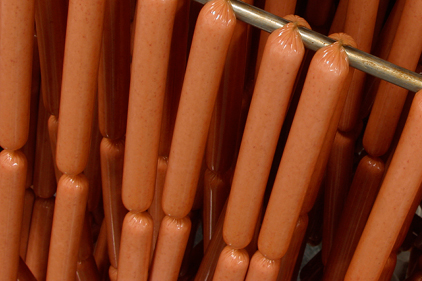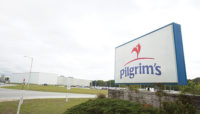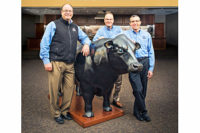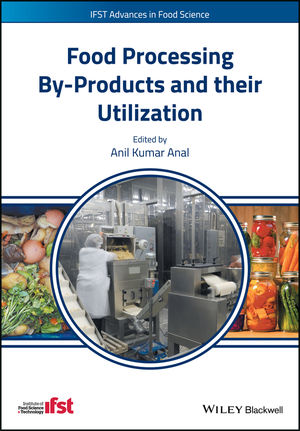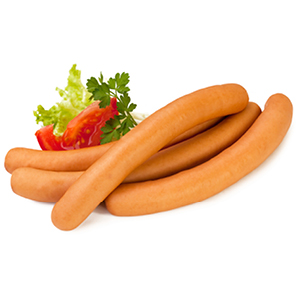
|
Hanacek: Describe the process of separators in today’s meat-
processing facilities.
McMurray: After all the high-value product has been stripped from a carcass, there’s still a little material left on the carcass. The main task of the separator is to take the carcass or the skeleton at the end of the debone line and separate the remaining meat on it from any of the bones. What they used to do is take that and send it to the renderer, but now they can run it through the separator to get some value-added product at the end — the mechanically separated meat. They can then sell that to people who make hot dogs, animal feed and other various things.
Most work off the same general concept, that they crunch up the skeletons and convert them into this solid mass of material. Then the mass is extruded through a porous screen material. What passes through the screen is considered mechanically separated meat, and what is caught by the screen is considered bone.
Some separators perform the individual steps differently, and there are pluses and minuses to every design. The mechanically separated meat then is pumped into some sort of shipping container, often a corrugated box with wax paper or some sort of food-grade or food-safe transportation package. The box is then sent to the processor’s customer.
Hanacek: Is this a fluid technology that is changing frequently, or is it more of a time-tested process that has advanced over the years?
McMurray: The basic concept is time-tested, but there has been evolution within the concept — what you’d expect to see. You see equipment getting smaller and more rugged, so they’re able to last longer. You see better designs, such that it takes less energy to push the material through, and the process itself has gotten better such that less bone gets through than had gotten through in the past. So you could say it’s a better-quality product coming out. The equipment’s also easier to clean. But all of these things are expected, as they are trends in innovation that also have been important to other machinery and the facility overall — energy, number of people required to run it, and ability to clean it. So they haven’t really changed the process, but it has certainly gotten better and within a smaller footprint that’s easier to clean and maintain.
Hanacek: What are some of the challenges that you currently see in this process that might change down the road?
McMurray: The biggest problem that I have seen, and it’s one that sounds somewhat odd, but it’s a challenge particularly on some of the older machines. The mechanically separated meat product is coming out of the machine in a continuous stream, being put into boxes. The boxes get quite heavy, and the employees are manually moving that full box, which is an ergonomic strain. But also, they’re having to pull off that full box and replace it with an empty box very quickly to catch the stream of meat. It’s similar to that classic “I Love Lucy” episode, where the machine is stuck and pouring product out, and they’re trying to fill up cups without making a mess. While the loss of this product might not seem like a large financial loss, it is important to the plants from a sanitation- and waste stream-
management point of view. Not to mention the ergonomic issue of having this employee swinging a 40- to 50-pound box full of meat out of the way quickly to get an empty box in there. That’s a lot of work.
